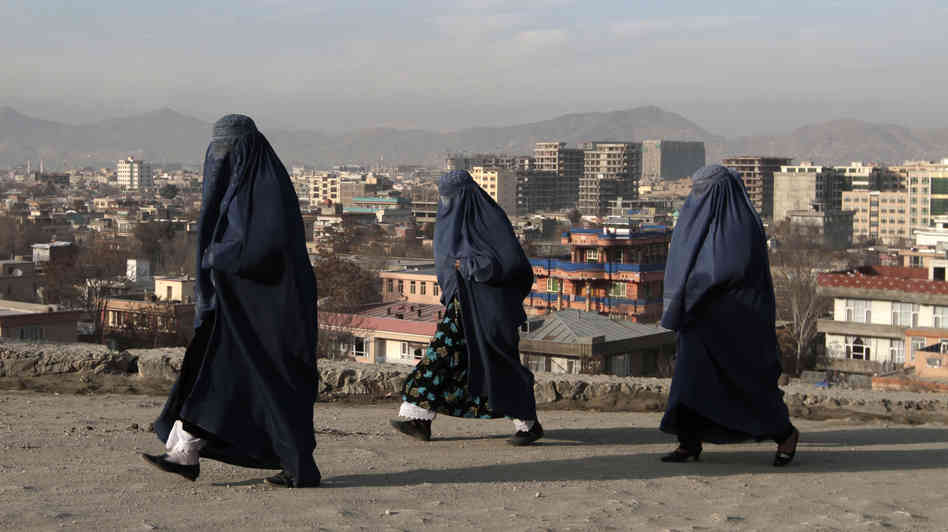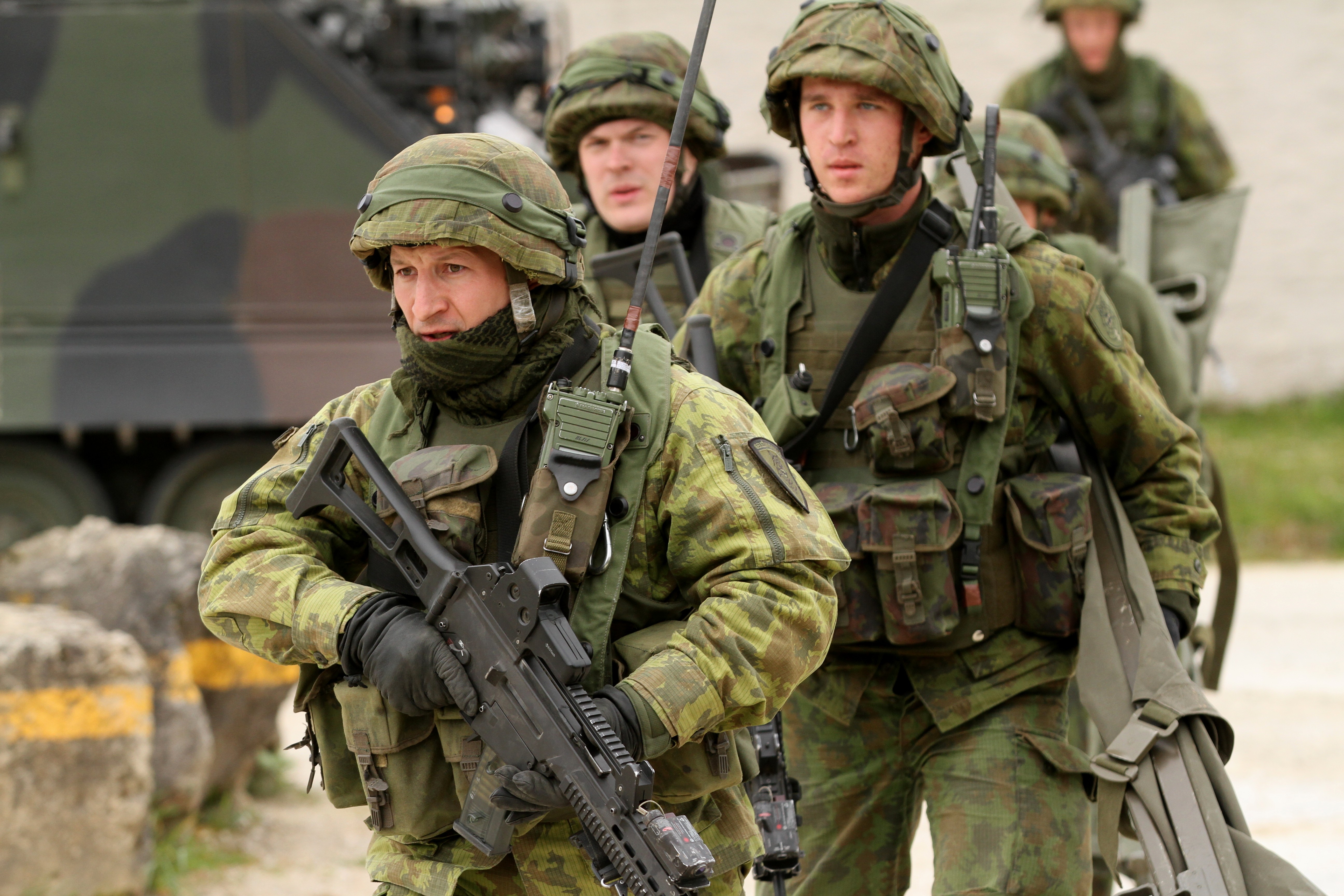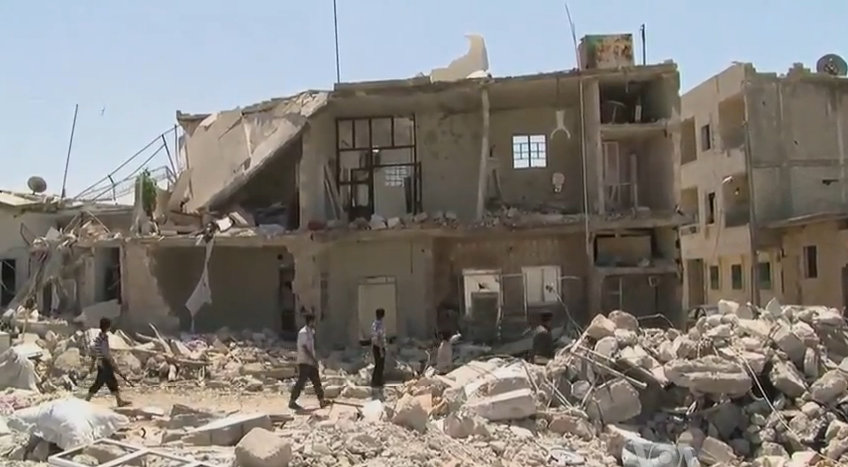The Nuclear Non-Proliferation Treaty, 1970 (NPT) has been one of the most important and decisive documents of the last century. Its impact has been felt across the globe in the 40 years since its inception. At the core of the NPT is a realization of the sheer destructive power and long lasting effect of nuclear armaments, and the global mindset that nuclear proliferation can benefit no one. While the NPT attempts to nullify the spread of nuclear arms, it also addresses the peaceful use of nuclear technology for energy production and medical innovation, as outlined in Article IV. It is on the foundation of Article IV that the Iran Deal has been structured, allowing Iran to develop peaceful nuclear technology. The P5+1 has engaged with Iran in an attempt to help the latter modernize its energy sector, while ensuring that it does not develop militarized nuclear capabilities in the meantime.
The NPT has been largely successful in keeping nuclear arms from spreading globally. While there have been a few outliers to proliferation (India, Pakistan and North Korea), the threat of nuclear proliferation has largely become an issue related to specific countries. Although Iran has attempted to weaponize its nuclear capabilities multiple times over the years, it has never successfully built, or acquired, nuclear arms.
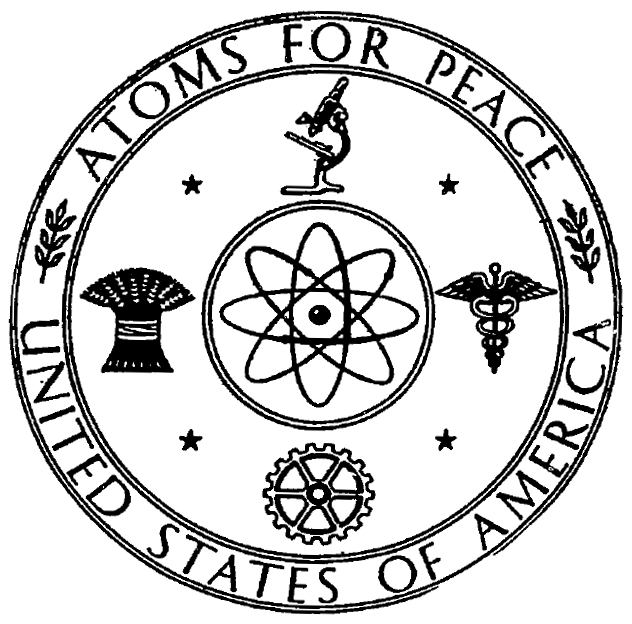
Nuclear power and technology was first introduced in Iran in the late 1950s under former US President Dwight D. Eisenhower’s ‘Atoms for Peace’ program, in an attempt to usher in a new ‘Western’-led nuclear age. The Iranian Revolution changed the nature of the nation’s nuclear program, ‘Atoms for Peace’ was abolished, and by the mid 1980s, a push towards weaponization had begun. With the assistance of Pakistani Nuclear scientist A.Q. Khan, plans for uranium enrichment centrifuges and other associated enrichment devices were sold to the Iranian government. Both China and Russia also assisted with Iran’s nuclear program. In the 1990s, China supplied approximately 900 to 1000 kilogrammes of yellowcake uranium and two sub-critical reactors to Iran, while a Russian nuclear firm helped with the research and development of the Arak Heavy Water Reactor. By the late 1990s, however, both countries bowed to international pressure and stopped all nuclear sharing programs with Iran. All this transfer of nuclear material and information had taken place without International Atomic Energy Agency (IAEA) consent. Iran’s history of nuclear subterfuge shapes the IAEA’s current concerns about Iran’s ‘true’ intentions for its nuclear programme.
Iran’s actions have also brought on the ire of the UN Security Council, causing the Security Council to issue 8 resolutions condemning the nuclear program and resulting in dozens of multilateral economic and military sanctions against Iran. These multilateral sanctions have had a crippling effect on Iran’s economy by freezing assets, limiting the sale of oil, banning transactions with Iranian banks and financial institutions, and blocking all exports of arms and nuclear technologies and materials. While oil production in Iran has been dwindling, the oil industry still comprises a very large portion of the Iranian economy, representing 80% of its public revenue. Furthermore, Iran risks losing its designation as OPEC’s fourth largest producer as sanctions on its economy have resulted in a fall in oil demand in the European Union, one of Iran’s largest oil buyers. In effect, Iran’s GDP has fallen by approximately 1.5% per year since the sanctions took effect in 2010. By October 2012, Iran’s rial had lost 40% of its value, while inflation had increased by 22.2% in 2012.
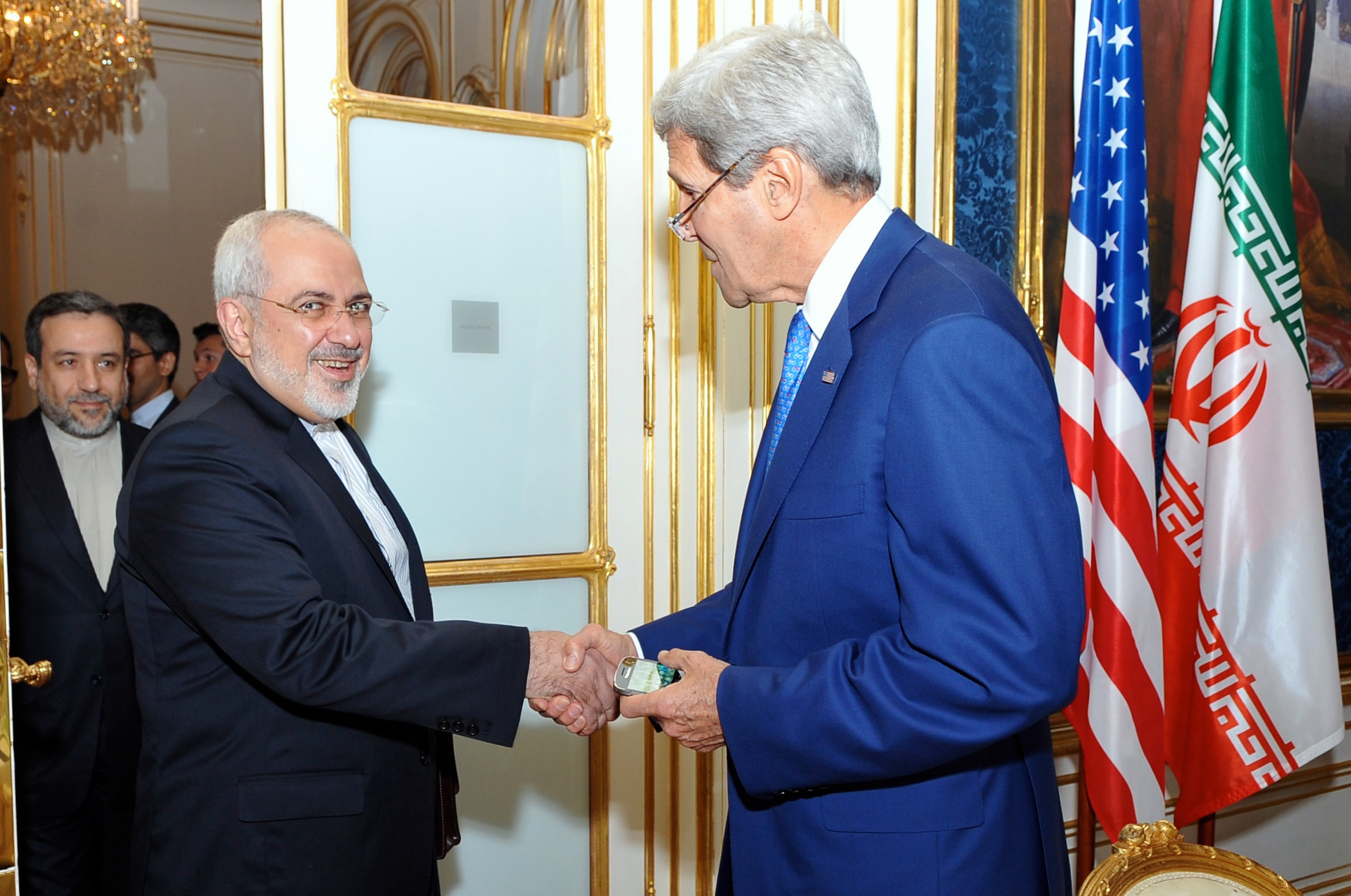
The Iranian people have borne the brunt of the multilateral sanctions against their country. Foreign financial institutions and banks have been blocked by sanctions, prohibiting Iranian citizens from transferring their money, investing, or applying for credit. Due to the sheer magnitude and scope of the sanctions, coupled with the strict enforcement of the sanctions by the US, many shipping lines and other transportation companies have also refused to ship any goods to Iran. This includes food, medical supplies, and basic materials such as steel and wood. With a shrinking economy, a decimated currency, and run-away inflation, most Iranians cannot afford to put food on their tables or access potentially life-saving medications. As of 2012, the unofficial unemployment rate in Iran stands at 35%.
With its economy in tatters, Iran is not in an economic state to support a nuclear weapons program. The Lausanne framework, signed by the P5+1 and Iran, targets Iran’s capacity to enrich uranium to weaponized levels, limiting the country to approximately 6000 centrifuges, with only 5000 in use under the agreement. It also prescribes harsh punishments for the nuclear facilities built without prior IAEA approval, including the cessation of uranium enrichment at the Fordow facility, a cessation of plutonium production and a P5+1 approved redesign of the Arak research facility, and a limitation of Iran’s enrichment operations to Natanz facility, all the while placing sanctioned facilities under IAEA scrutiny. The IAEA will have unprecedented access to Iran’s facilities, as well as its nuclear supply chain. Under the agreement, Iran will also implement the Additional Protocol, giving the IAEA access to all information regarding Iran’s nuclear program.
The Iran nuclear deal is quite simply a compromise between the P5+1 and Iran. Iranian nuclear development has been an ongoing key global issue since 2000, reaching its culmination in the multilateral sanctions which began in 2010. With the Iranian economy now faltering, a nuclear agreement will also result in the relief of Iran’s economic pressures. This proposed and agreed upon 15 year deal will not only push back Iran’s nuclear ‘break-out’ time by at least 10 years, but will help bring a financial windfall back into the country by opening its oil and export markets, estimated to account for $20 billion USD in national revenues per year. While Ayatollah Khamenei has called for an immediate lifting of all sanctions placed on the country, Western leaders are hesitant to do so without tangible proof that Iran has begun to take the steps necessary outlined in the Iran Deal.
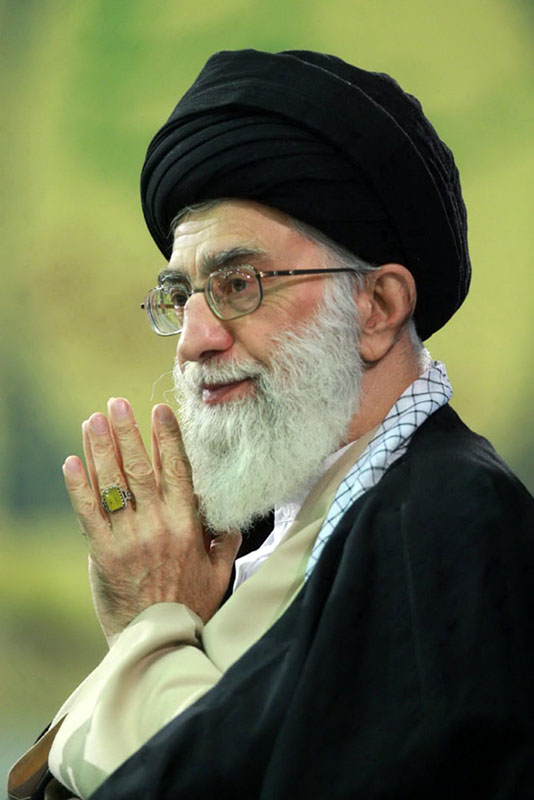
The current Iran Deal has also been constructed with hope for the future. While the deal blocks Iran’s breakout time for at least a decade, US and European policymakers are being optimistic in hoping that the political situation in Iran will change within 10 years, or that Iran will forgo its nuclear weapons capability. This has not been the case now for over two decades, with Iran covertly chasing nuclear capabilities. However, with stringent IAEA oversight over the Iranian nuclear program, and the trust of the P5+1 is placing in the Iran Deal, the Iranian government may want to continue down a path of openness in their nuclear program to try and win back the trust of global powers to prevent another round of all-encompassing multilateral sanctions.
While an Iranian nuclear deal is by no means a quick fix to the region’s complex geopolitical issues, cooperation between Iran and the P5+1 is sure to prove the continued strength of the non-proliferation movement. Any form of non-compliance by Iran will be met by an immediate ‘snapback’ of multilateral sanctions, proving the West’s commitment and political will in taking up the issue. The proposed deal also brings the Additional Protocol into prominence, showing the world that the IAEA does have oversight over a country’s nuclear enrichment to help stop the clandestine transfer of nuclear material. While the Iran Deal is by no means perfect, it is a key step in solving the decade-long struggle between the P5+1 and Iran, reviving Iran’s faltering economy, and ensuring a renewed emphasis on the NPT.


